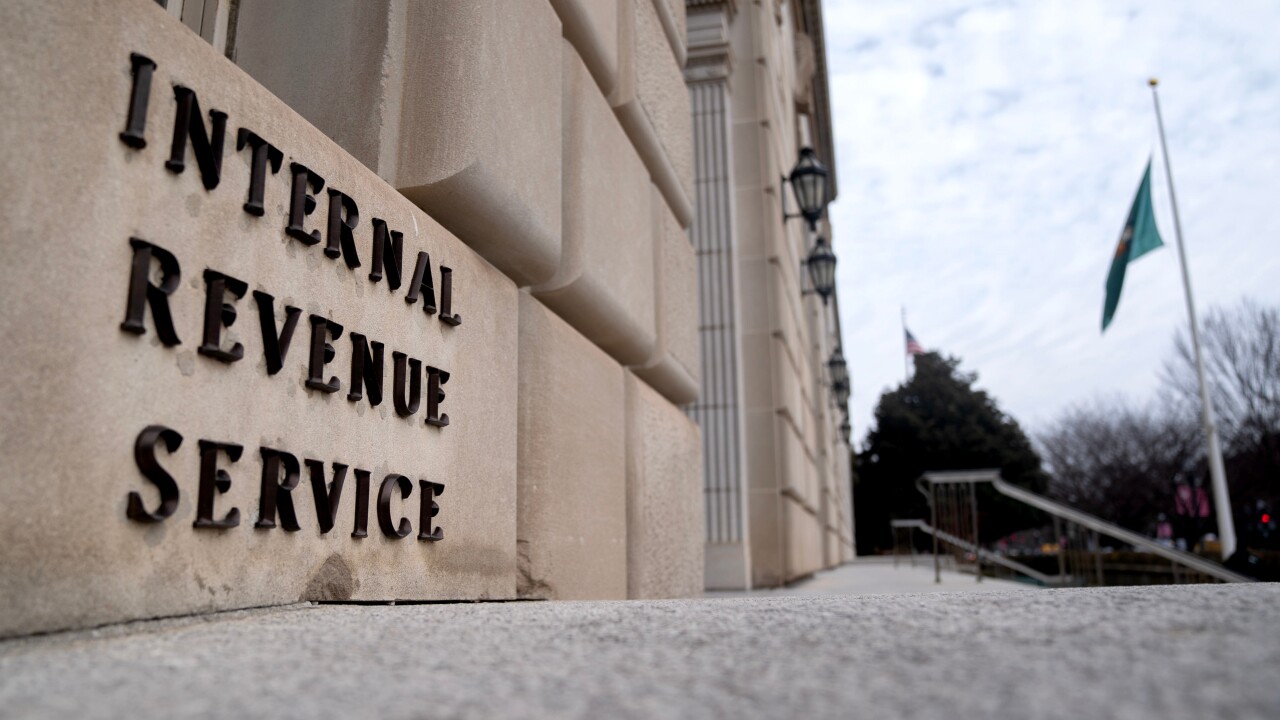The Financial Accounting Standards Board issued an
Among the narrow-scope improvements to the credit losses standard — also known as CECL because of the current expected credit loss model it uses — the new update clarifies some of FASB’s guidance about how to report expected recoveries. “Expected recoveries” is a term for a scenario in which an organization recognizes a full or partial writeoff of the amortized cost basis of a financial asset — but then later learns that the amount written off, or a portion of that amount, will in fact be recovered.
While applying the CECL standard, some of FASB’s stakeholders questioned whether expected recoveries were permitted on assets that had already shown credit deterioration at the time of purchase (also known as PCD assets, short for "purchased credit deteriorated"). In response to this question, the ASU allows organizations to record expected recoveries on PCD assets.

Along with other narrow technical improvements, the update also reinforces some of FASB’s existing guidance that prohibits organizations from recording negative allowances for available-for-sale debt securities.
“After issuing the current expected credit losses standard in 2016, the FASB received questions about certain confusing areas of the guidance,” FASB Chairman Russell Golden said in a statement. “The new ASU clarifies these areas of the guidance to ensure all companies and organizations can make a smoother transition to the standard.”
FASB also recently decided to push back the effective date for when CECL and some other standards need to be implemented by private companies, nonprofits and smaller reporting companies (see





